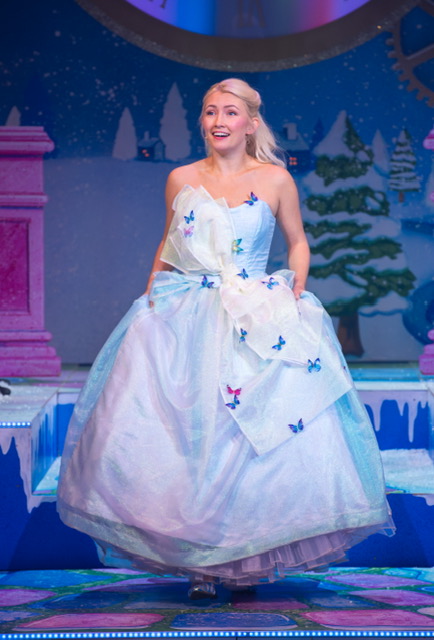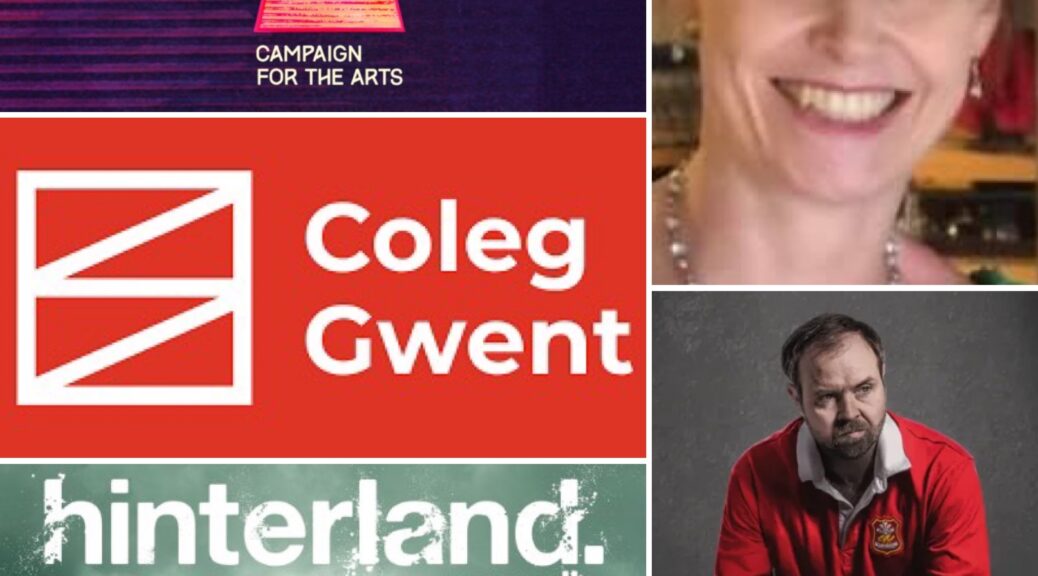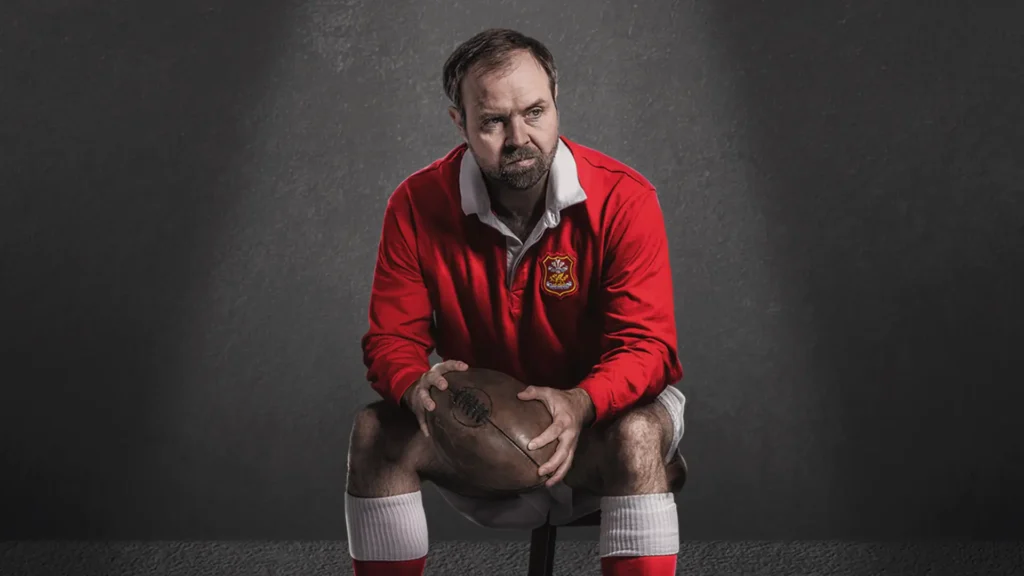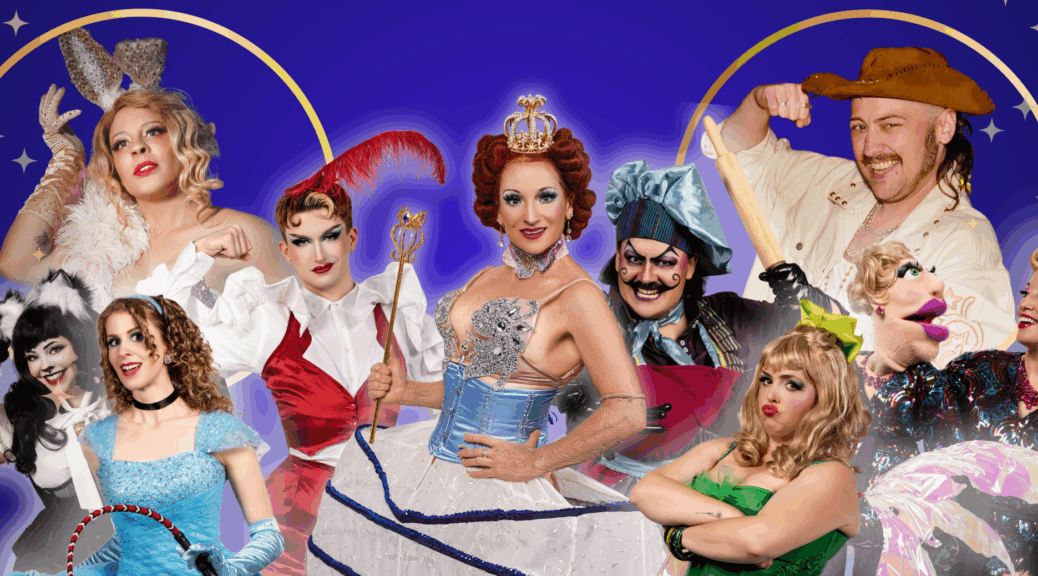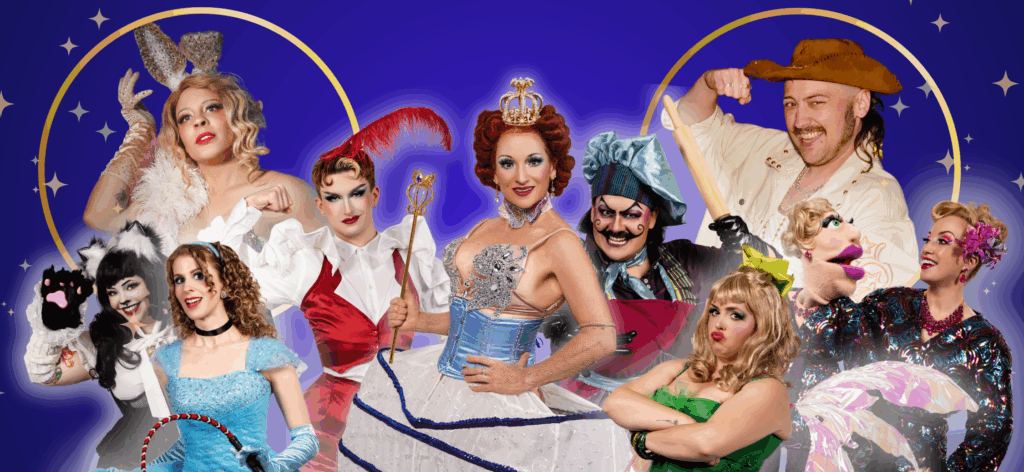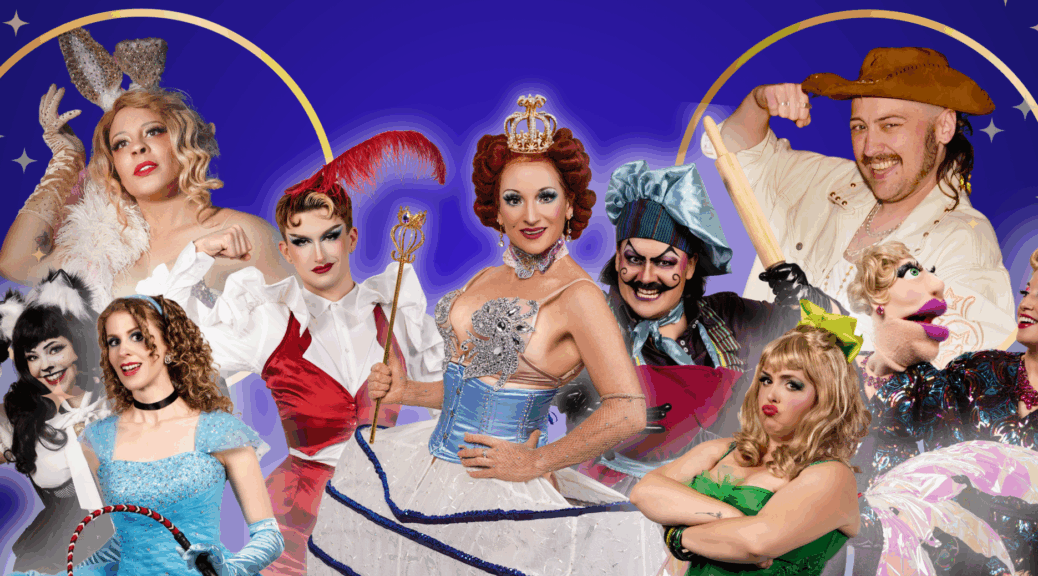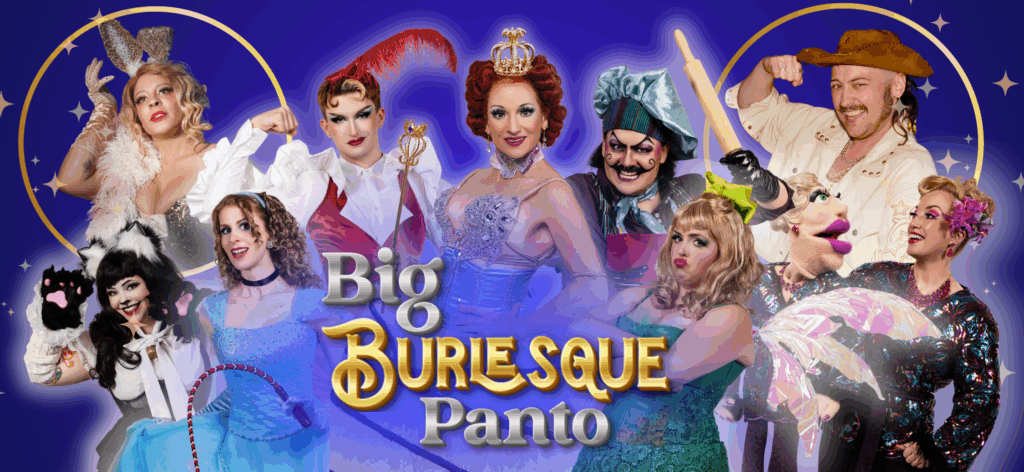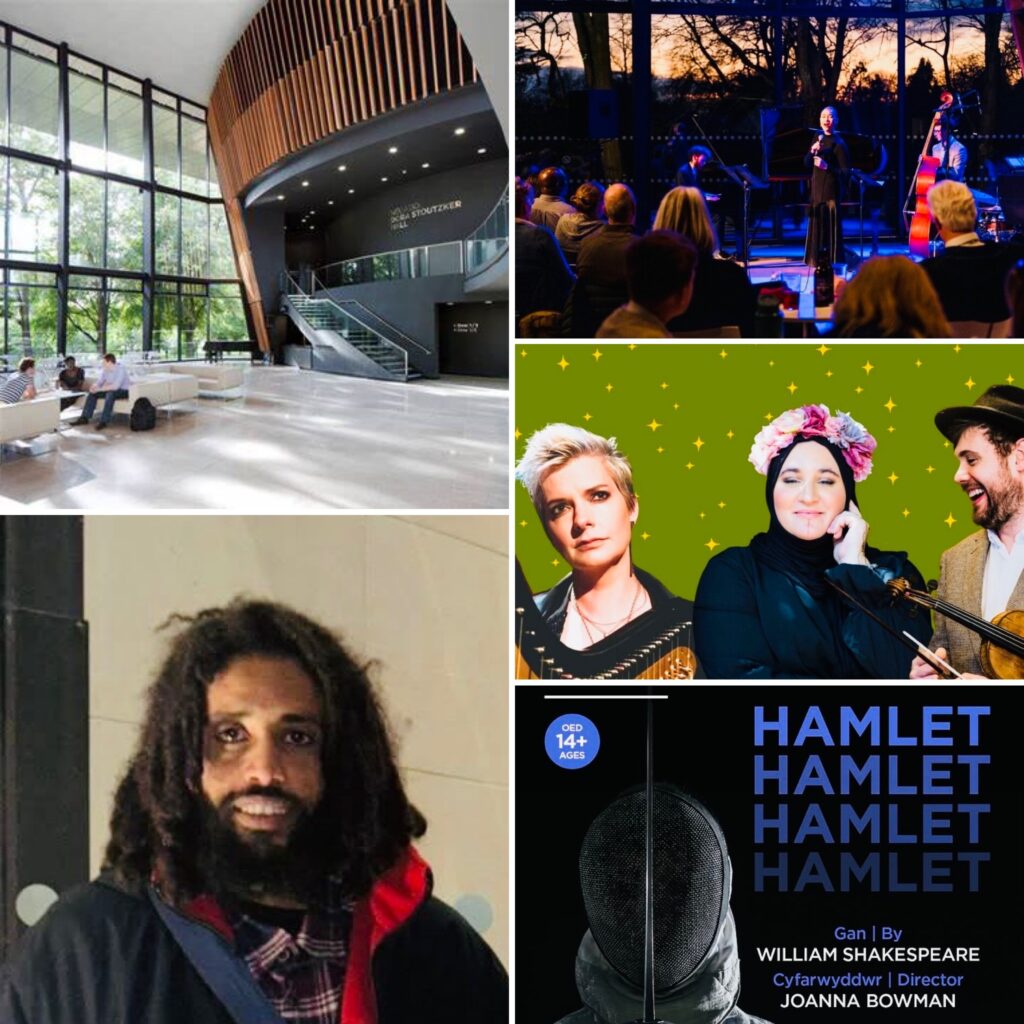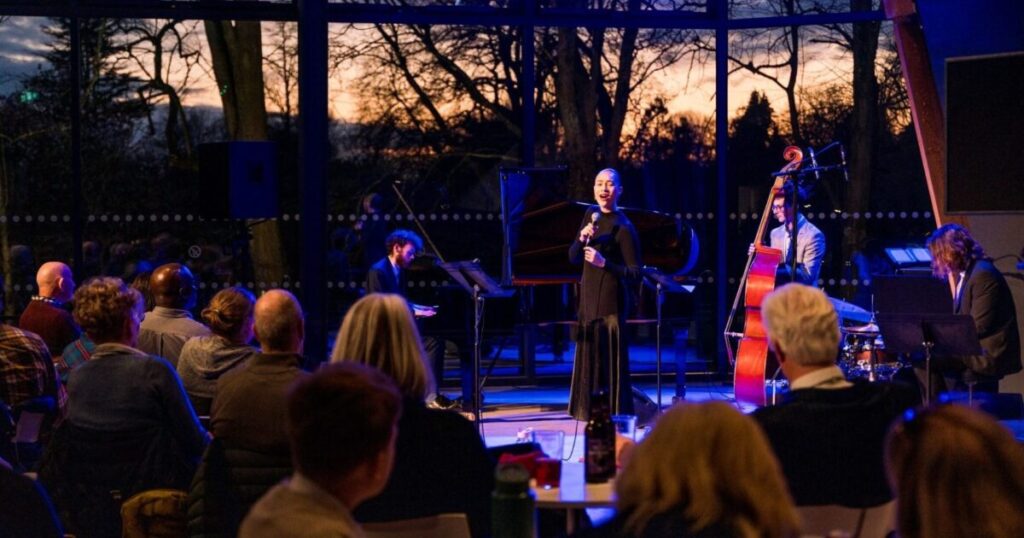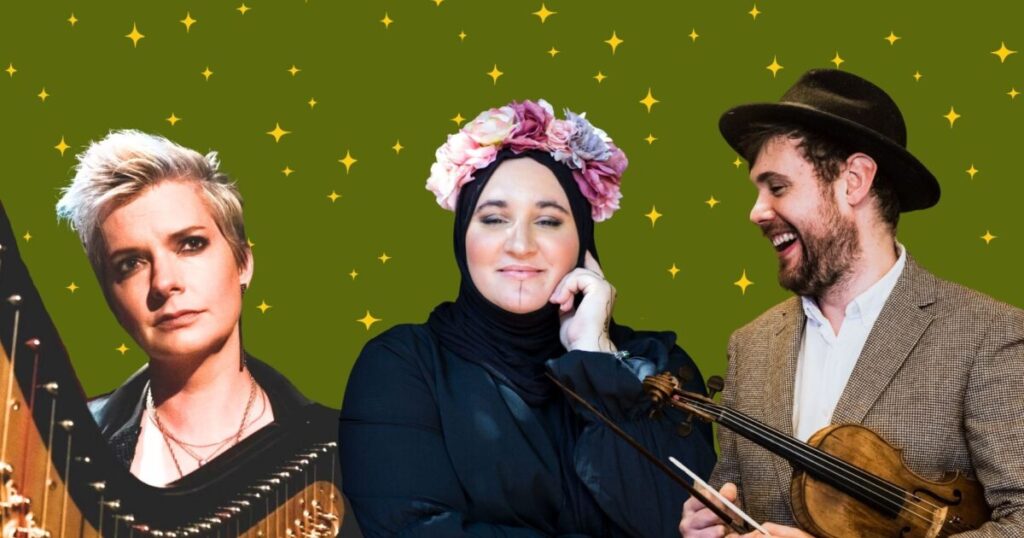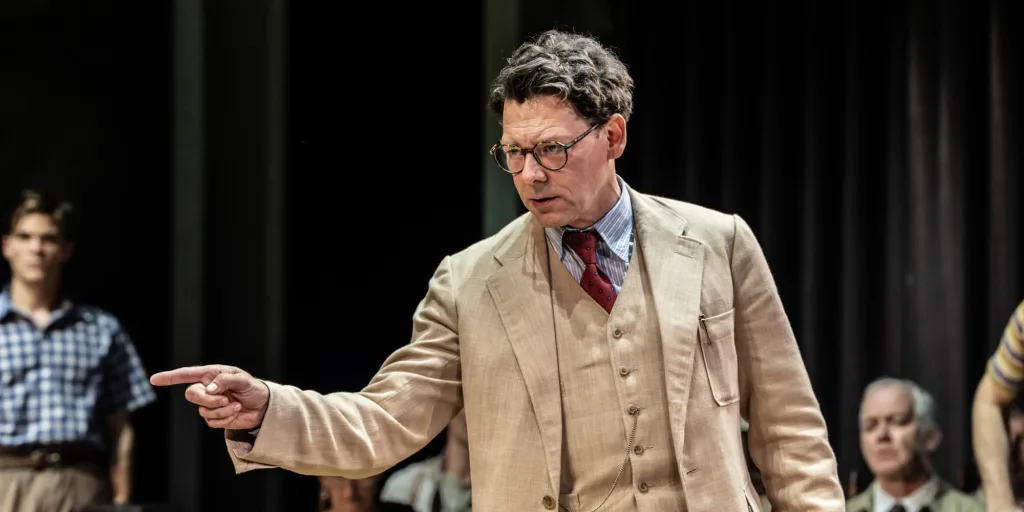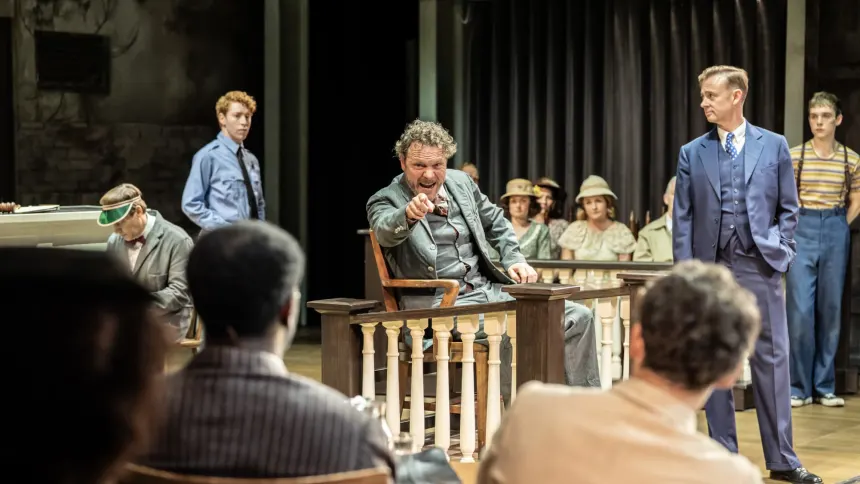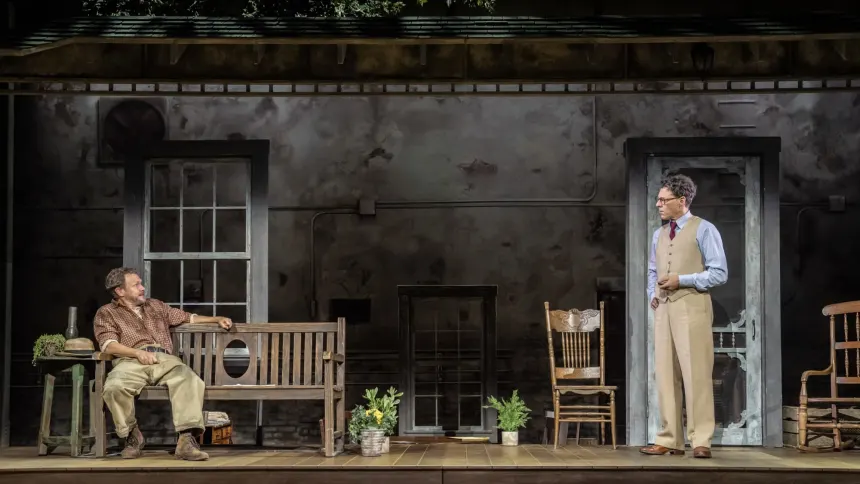
We last interviewed Tracy in 2020, In this new interview she updates us on her work with Coleg Gwent and thoughts on the Creative industries today.

Hi Tracy You recently worked with Viv Goodman, lecturer on the AS and A Level Drama & Theatre Studies course across Coleg Gwent supporting the delivery of the Unit 3, A level Drama & Theatre Studies unit called Women in Drama. What did this entail?
I spent time with the students sharing my experience as a female playwright working in Wales and talking honestly about what it means to write women’s stories today. I introduced them to my two current projects; Girls, Girls, Girls, a verbatim piece exploring five decades of stories from one of the last all-girls schools in Wales, and Divas, a pop-opera based on Adelina Patti and the divas that followed, that I’m co-writing with Cath Dyson. We also worked on their devised pieces, encouraging them to make brave, truthful choices about how they represent women on stage.

Viv often supports practising creatives to deliver activity with her students; do you feel this has value?
I think it’s absolutely essential. When students meet people who are actually out there making work, the industry suddenly feels more real and reachable. They get to ask proper questions the “How do you do this?” kind. They see the messy, exciting, problem-solving side of creativity. And representation really matters. For young women, especially working-class young women, seeing someone like them forging a path in theatre can be a game-changer. It tells them they belong here too.
Viv creates such a vibrant, inspiring environment by bringing creatives in. I genuinely love working with her students, and many of them stay in touch after. Dylan, that I met back in 2020 has just produced a short film No Scrumping, which I directed and which comes out next year. Watching the next generation step into the industry is honestly one of the most rewarding parts of what I do.
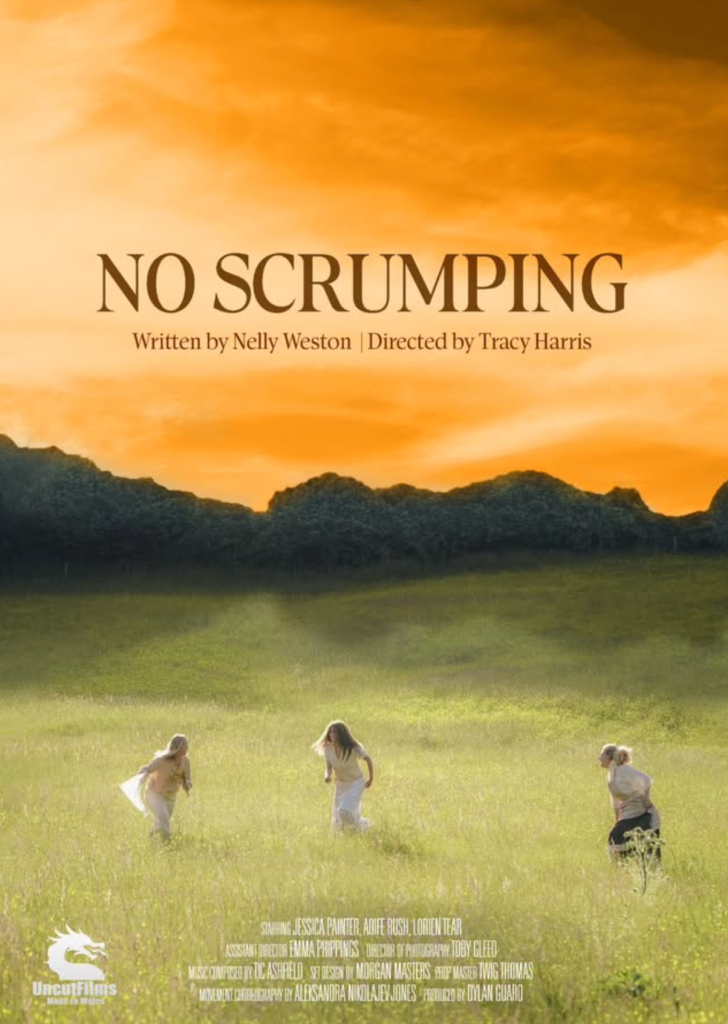
We asked Viv Goodman about the Unit , Viv, How did you come to involve the professional playwrights in the Women in Drama unit and how did you choose them?
The Women in the Performing Arts project has emerged from the learners’ choice of stimulus for their Unit 3 A level Drama & Theatre Studies exam ; they selected the Rob Burrow quotation ” in a world of adversity we must dare to dream” which, as an all female class, prompted discussions about the difficulties women in the performing arts have faced in order to pursue a respected place in the profession. We explored the lives of the first actresses in the Restoration era through workshopping Jessica Swale’s ‘Nell Gwyn’ and ‘Playhouse Creatures’ by April de Angelis and we wanted to work from these plays for their scripted pieces.
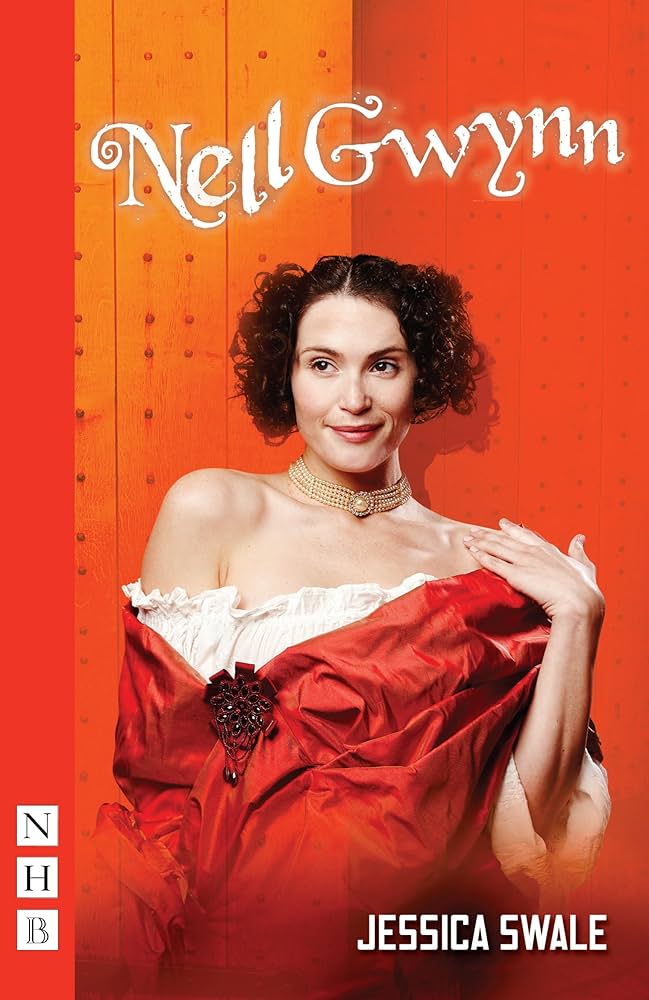
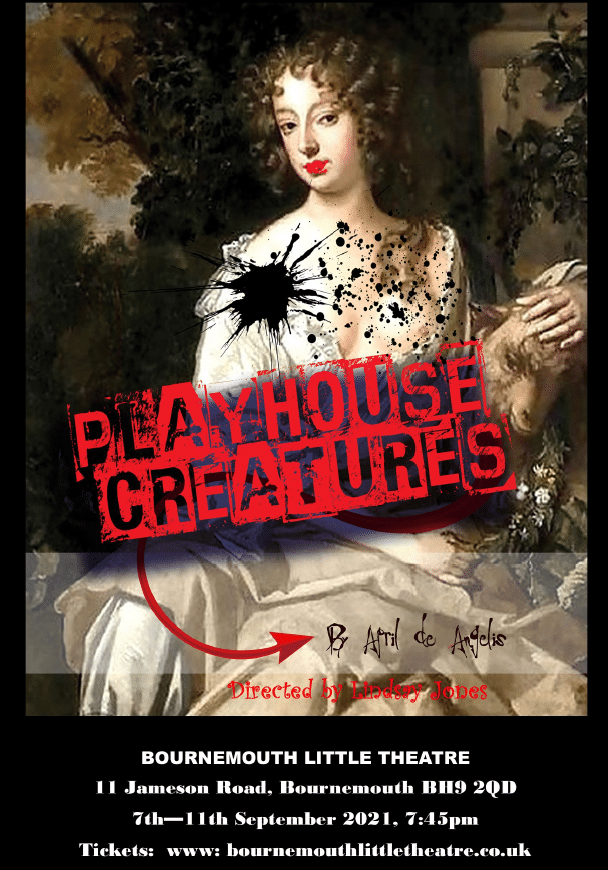
We then wanted to look at the journey that women have made from that time to now and so I asked Playwrights Tracy Harris, Lisa Parry and Gwenllian Higginson for help! I really wanted the learners to meet them and work with them practically, but also to be able to discuss the industry and find out their views about women’s place in the theatre today.
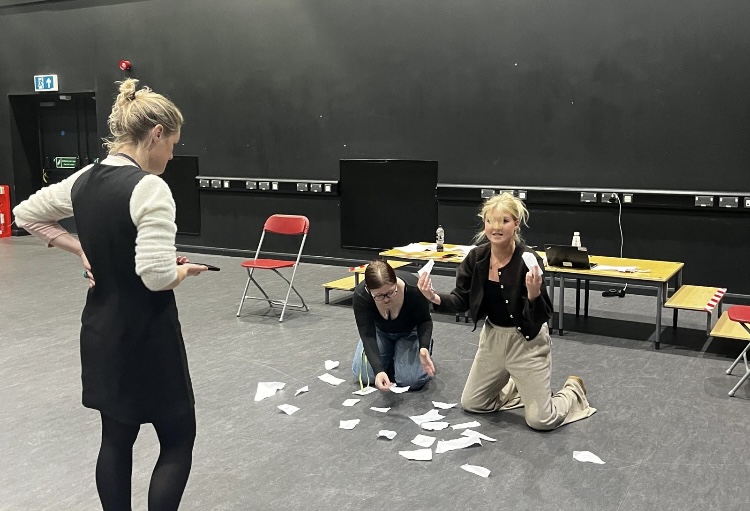
A part of their devised theatre style is to use verbatim and we will be taking their views and reflections to use in the pieces as well as having the benefit of their practical expertise as playwright and actor respectively. It’s fantastic to have them on board with our work; some fascinating views and experiences have been shared and it’s both alarming and necessary for us to acknowledge that female performers are still faced with issues that April de Angelis depicts in her 1660s set play. I’ve been lucky to work with so many brilliant industry professionals in the classroom, but I must say that there is something unique and special about this project; it’s all about the girls!



The cultural sector is dominated by middle-class, white men. Has the work to improve diversity for women had an effect? What more needs to happen?
There’s definitely been some progress, conversations are finally happening in the open. But let’s be honest real structural change is still lagging behind. Women continue to face barriers in funding, opportunities, confidence, and access. If we want things to genuinely shift, we need more, sustained investment, not one-off projects, Proper access routes for young women who don’t already have cultural or financial privilege, Fair, open commissioning processes that don’t favour the same voices over and over. Long-term mentorship; This year I have mentored two young female writers; Lorien Tear on her first play; ‘Breeding ‘and Ceri Ashe on her verbatim play about motherhood, and it’s been one of the most rewarding experiences to be able to work with new bold female voices and see them shine. Representation is important, but it’s just the start. The goal is an industry where women don’t just enter, they stay, they grow, they support each other and they lead.
I am also working on a festival celebrating Jane Arden. She was one of the leading figures in British theatre and Cinema and one of the most radical feminist voices in the 60’s and 70s. My aim is to create a celebration of this forgotten Welsh artist showcasing her plays, films and talks with leading academics. She is a major inspiration of mine and her work should be celebrated far and wide!
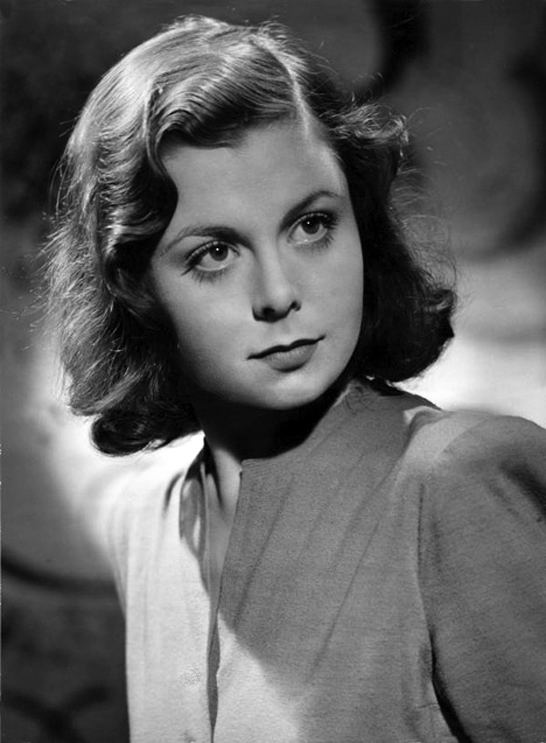
Is the decline in A-level Drama affecting who goes into performing arts training?
Yes, and it’s already having an impact. When Drama disappears from schools, whole groups of young people lose the chance to discover that the arts might be for them. Drama gives young people confidence, imagination, and a sense of belonging. Without it, so many potential creatives simply never get lit up by that first spark. It’s particularly damaging for working-class students, who often don’t have access to theatre outside of school. And this isn’t just about training actors, it’s about writers, directors, designers, technicians, producers, and audiences. The whole ecosystem suffers. Early exposure to the arts shapes lives. If we want a diverse, vibrant cultural sector, we have to fight for Drama in schools. It matters culturally, creatively, and for the future of our industry.
Tell us about your writing process. Where do your ideas come from?
My writing process varies depending on the piece, but most of my ideas are rooted in real experiences or stories I feel compelled to tell. Before I begin writing, I usually fall down a research rabbit hole, collecting anything that sparks something to do with the story: snippets of text, pieces of music, images, fragments of conversations. Once I’ve gathered enough material, I write the first draft instinctively. I try not to overthink it; I just get the story out and shape it later.
Can you describe your writing day? Do you have a process or a minimum word count?
My process is more instinctive. When I’m working on a play, I give myself the time and freedom to write the first draft quite freely, then I go back and refine, reshape, and more often than not cut anything that isn’t serving the piece. I’ve learned to trust this process rather than force something on days when the urge simply isn’t there. Ideas often arrive when I’m out and about, far more than when I’m sitting at my desk. I’ve stopped putting pressure on myself to hit a word count. When the writing is ready to come, it always does, and it’s often in the middle of the night or when I least expect it. Once I’ve taken it as far as I can on my own, I’ll share it with friends I trust before moving on to the next draft. That stage of honest feedback is invaluable to me.
Do you write from a certain physical space? Do you have a writing room?
I usually write at my desk in my office. It’s by a window overlooking a busy road, which I actually love, it reminds me that life is happening outside while I’m tucked away creating something. I’ll sometimes work in cafés, but never when I’m starting a first draft. At the beginning, I need the quiet space to let ideas come without distraction.
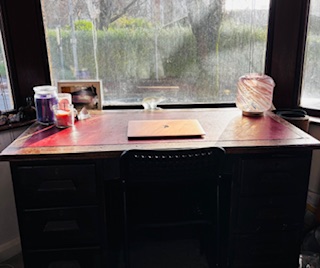
Which Welsh writers have inspired your work?
Welsh writers inspire me constantly, and there are too many to do justice to in a single list. But I always return to the greats; Jane Arden and Dylan Thomas have been lifelong influences. I’m also deeply inspired by the work of Ed Thomas, Gary Owen, Alys Conran, Katherine Chandler, Gwyneth Lewis. I love the unique voices of Catherine Dyson and Katie Payne, whose plays ‘The Last Picture’ (York Theatre) and My Mixed up Tape (Sherman) are on next year.
Thanks for your time Tracy

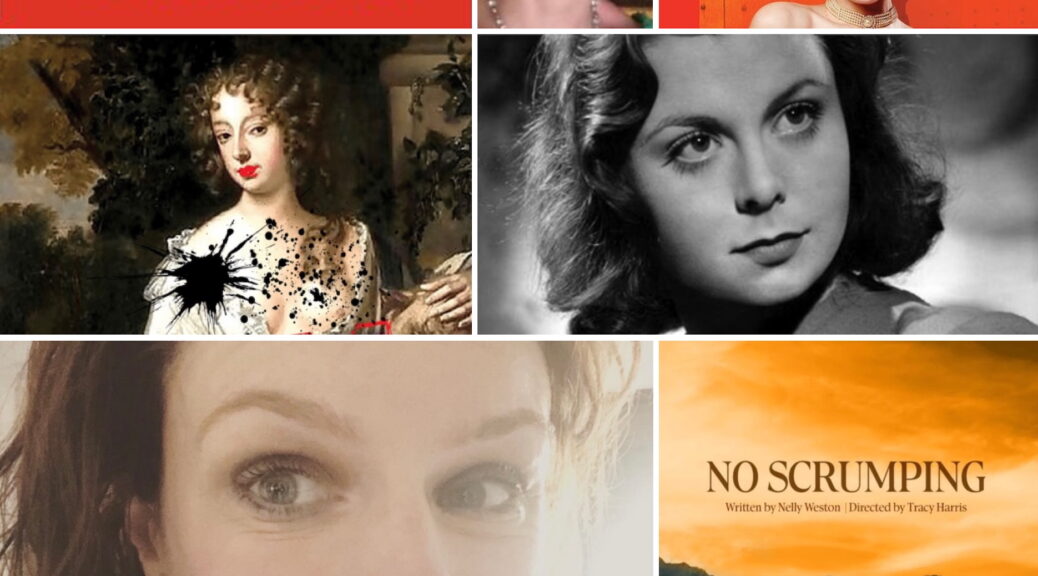
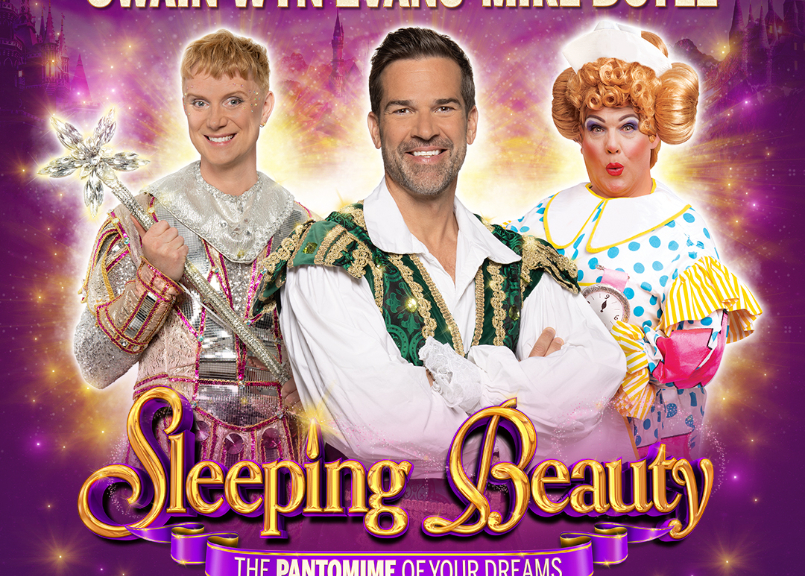
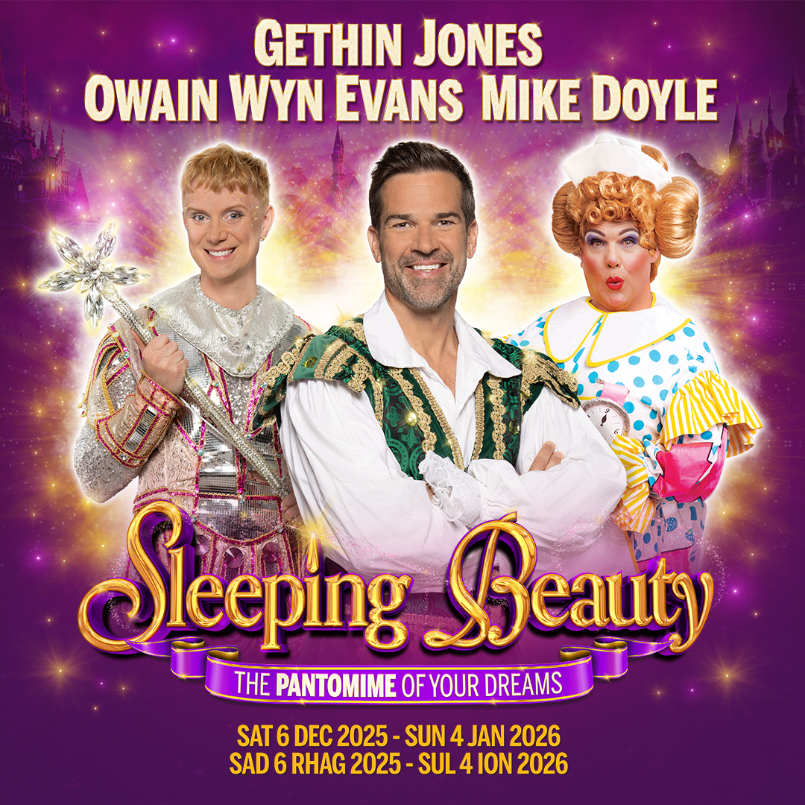
 (4 / 5)
(4 / 5)
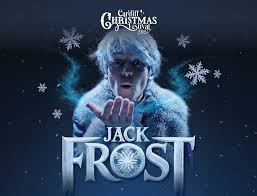
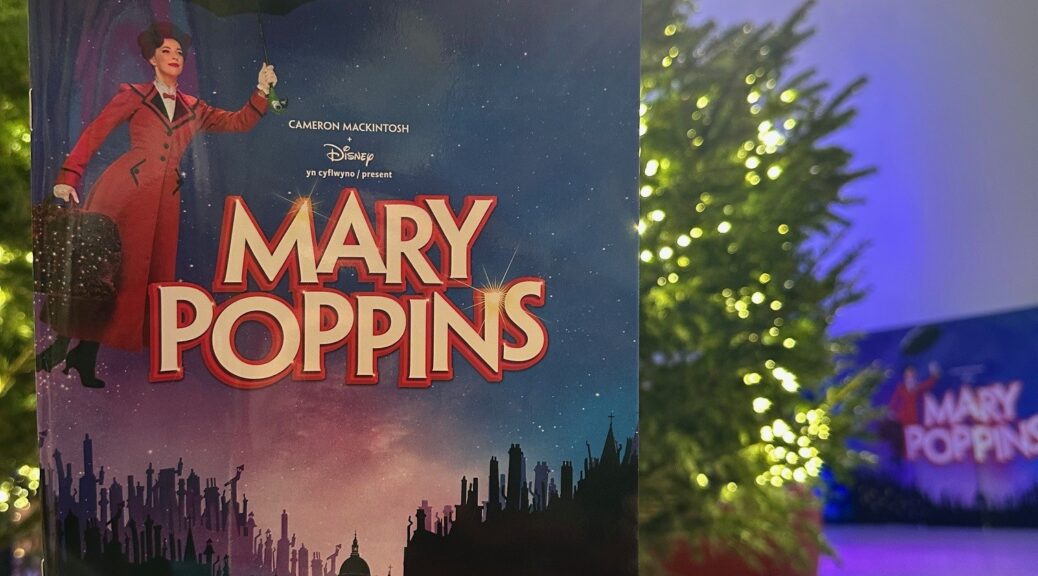
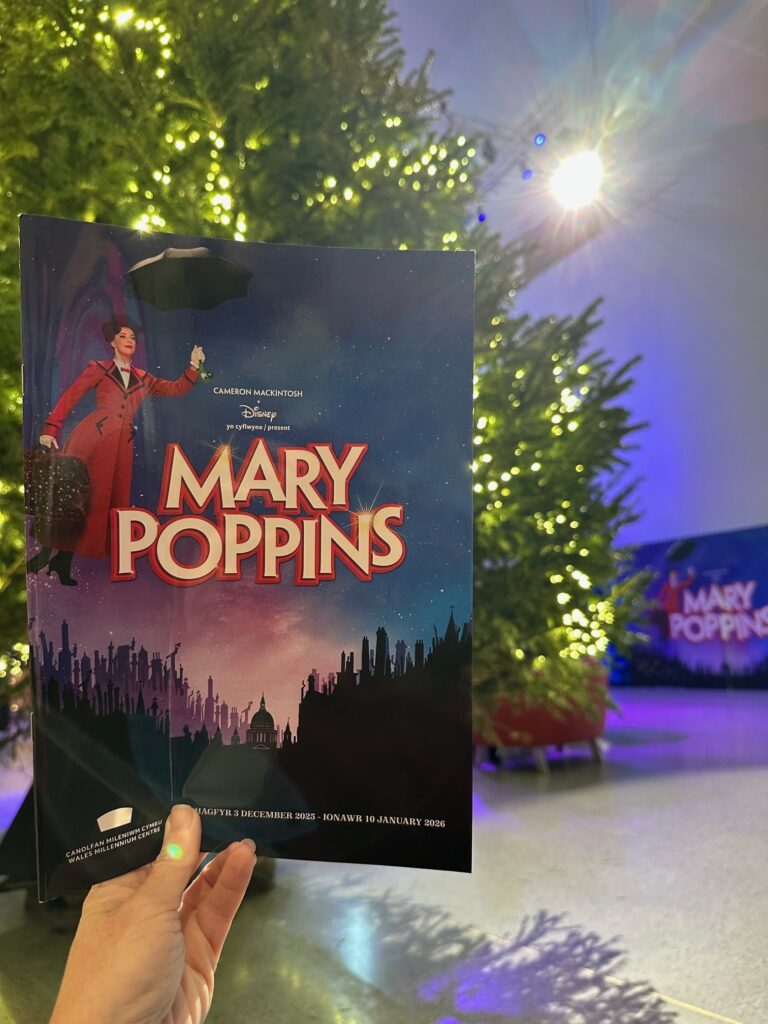

 (5 / 5)
(5 / 5)

